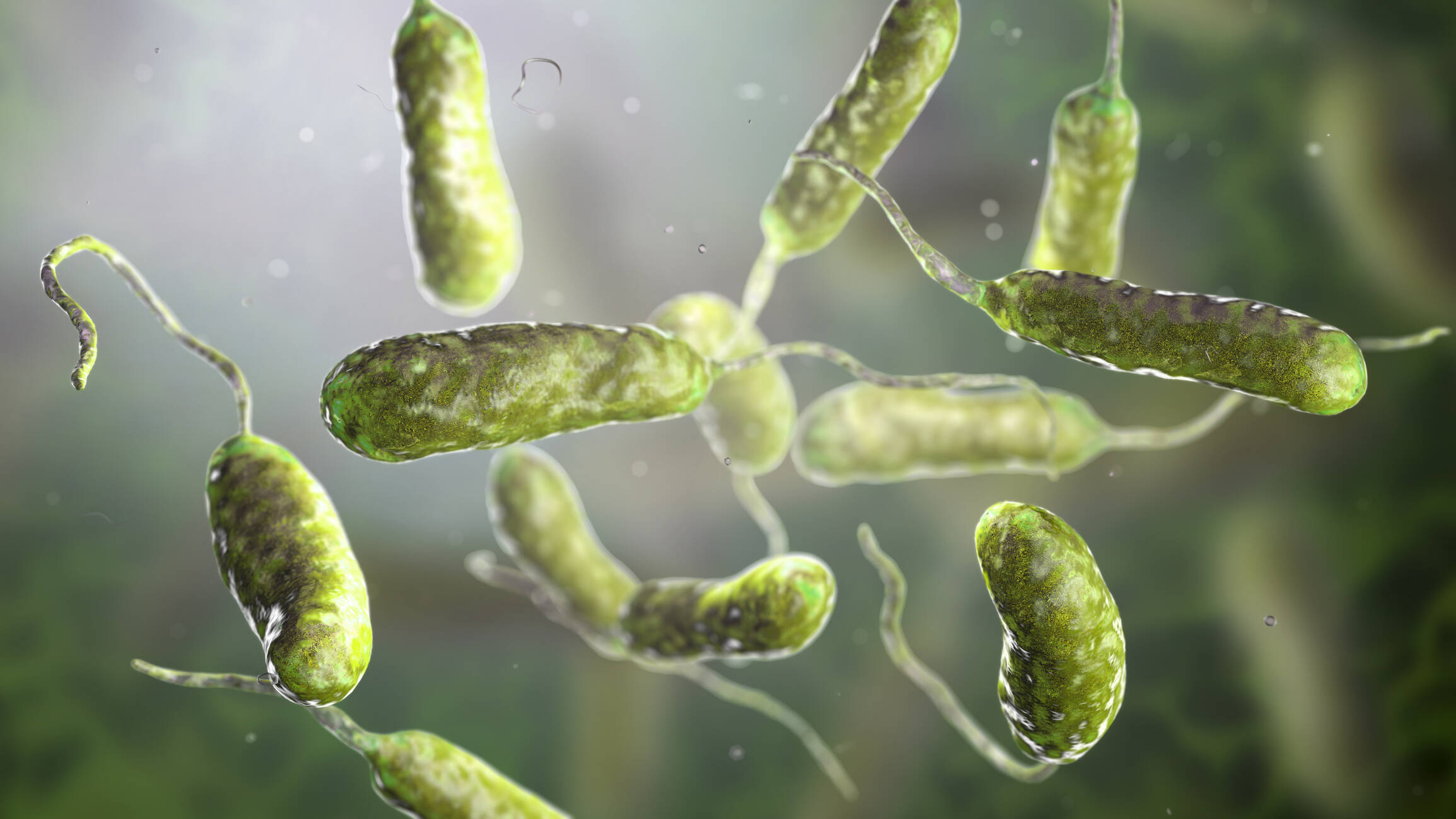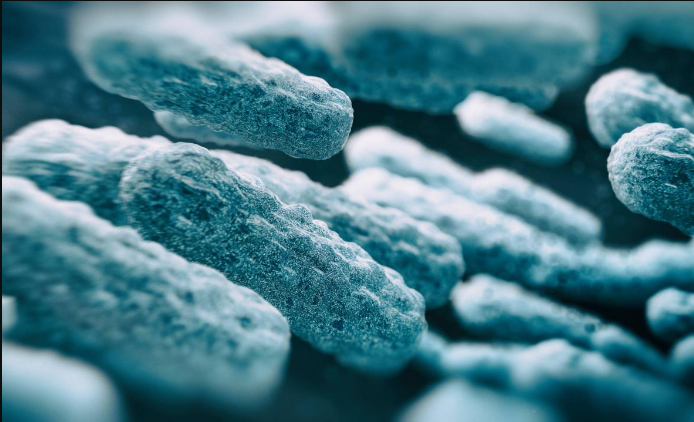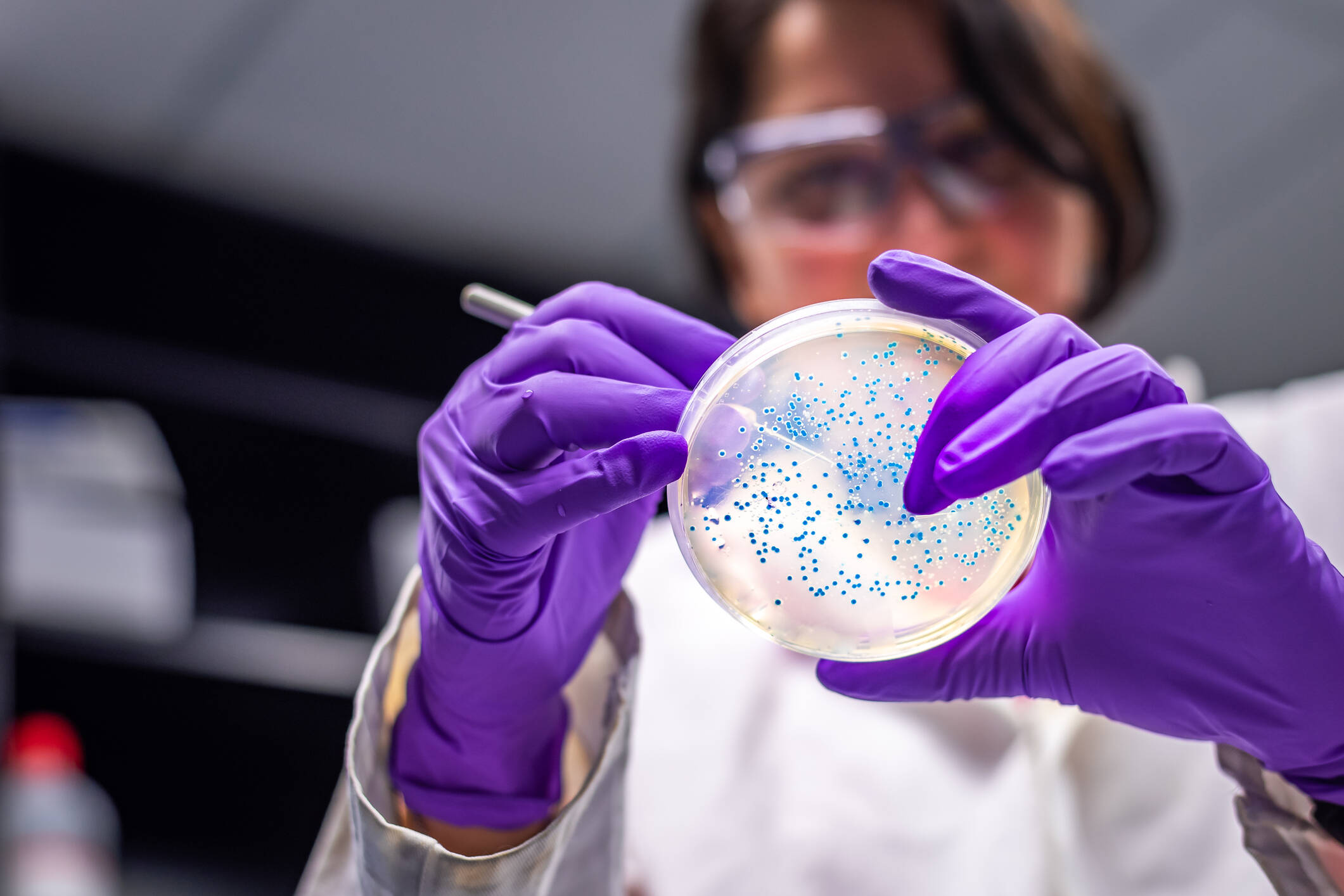Engineered bacteria to treat kidney stones: Study reveals breakthrough in microbial therapies

Therapies based on manipulating the gut microbiome face the limitation of having artificial bacteria regularly colonize the gut , a step that has now been advanced with a bacteria designed to treat kidney stones.

Artificial gut bacteria successfully colonized the gut microbiome. Photo: iStock
Researchers at Stanford University (United States) published a study in Science whose results are a promising, though still imperfect, step toward microbial therapies, the journal indicates.
In animal model trials and early human trials, artificial gut bacteria designed to treat kidney stones successfully colonized the gut microbiome.
Research into manipulating the gut microbiome with therapeutically engineered bacteria has so far been promising in animals , but often fails in the clinical setting due to inconsistent colonization.

Research into manipulating the gut microbiome has shown promise in animals. Photo: iStock
The team focused on a common gut bacterium, Phocaeicola vulgatus, which they engineered to consume porphyran, a nutrient derived from seaweed.
In previous work, the team had shown that adjusting dietary levels of a porphyran prebiotic could create a controllable niche that allows for stable, adjustable colonization of bacteria and can be reversed when necessary.
Porphyrane is rarely used by microbes in Western populations, as only about 2 percent of them have bacteria with this ability, creating a largely unoccupied ecological niche for an engineered strain to thrive without competition .

The team created a porphyran-metabolizing strain of P. vulgatus. Photo: iStock
The team created a porphyran-metabolizing strain of P. vulgatus to break down oxalate, a cause of recurrent kidney stones . In animal models and a Phase 1/2a clinical trial in healthy humans, the authors found that the modified gut bacteria can safely and effectively colonize the gut and produce therapeutic effects by reducing oxalate levels.
However, some individuals developed persistent colonization due to genetic mutations, and significant horizontal gene transfer events compromised the strain's therapeutic function.
Although the method has shown modest, early signs of reducing oxalate levels, challenges remain, including strain stability, biosecurity, and competition from native microbes, the authors note.
eltiempo




